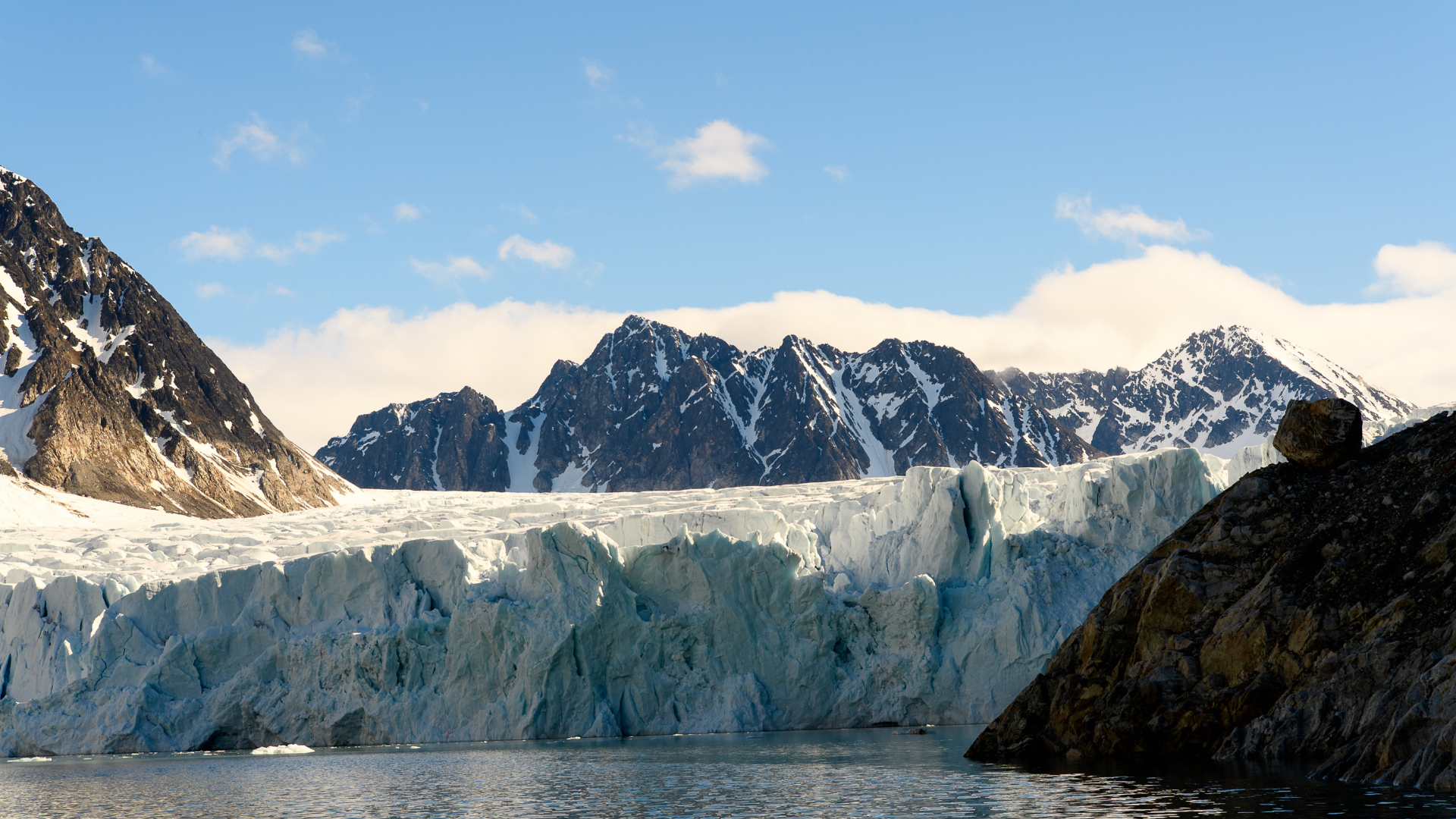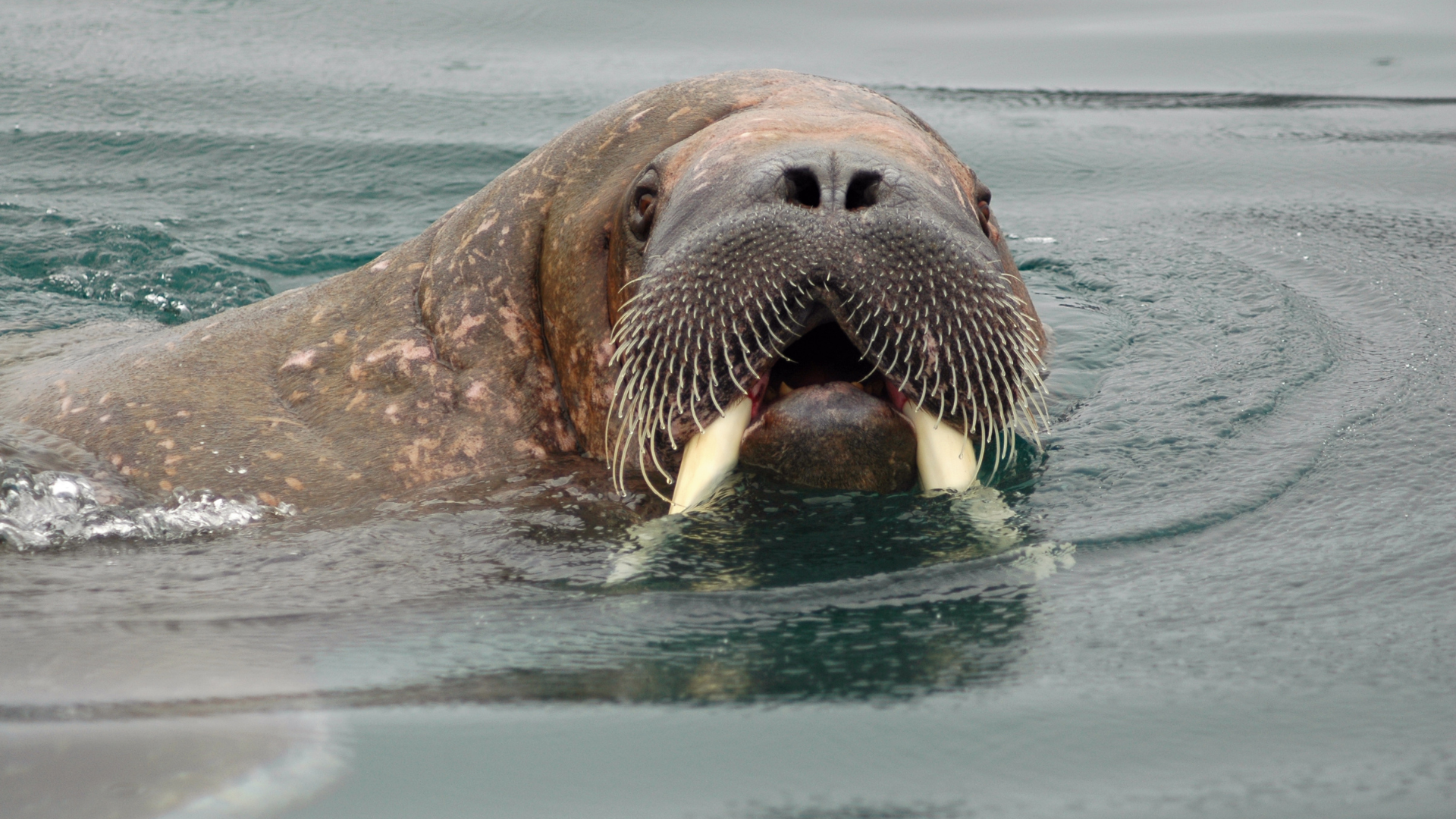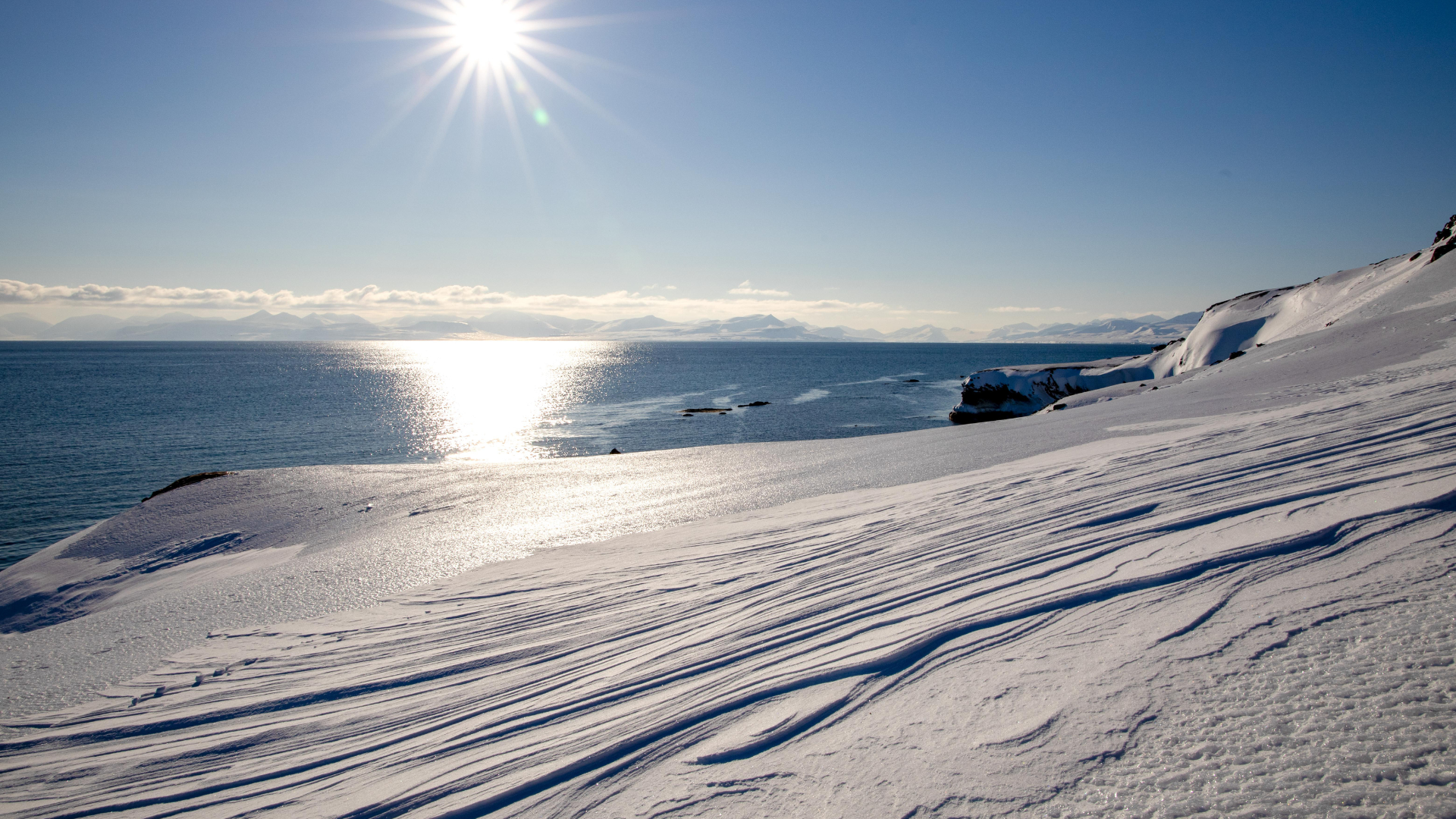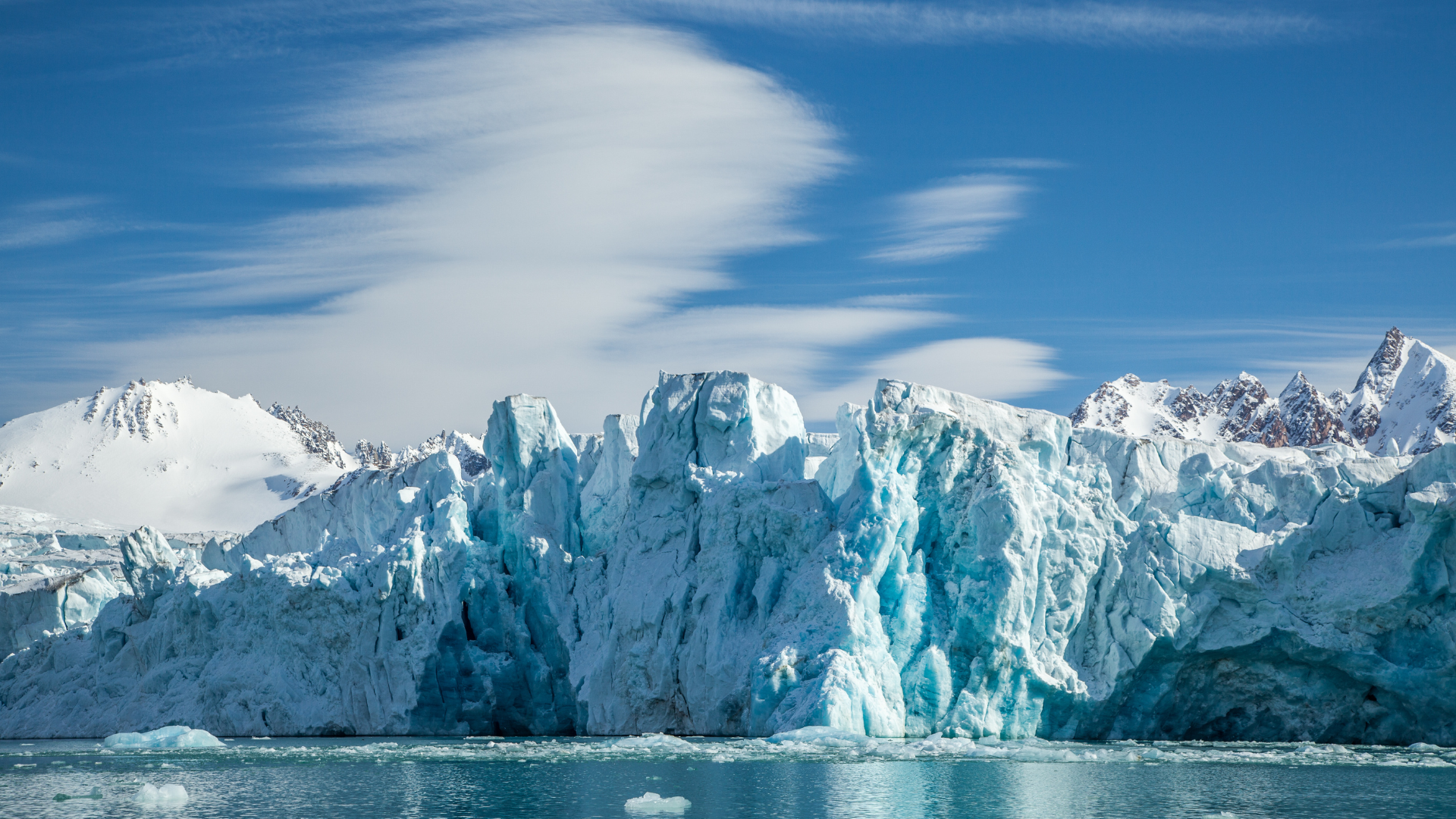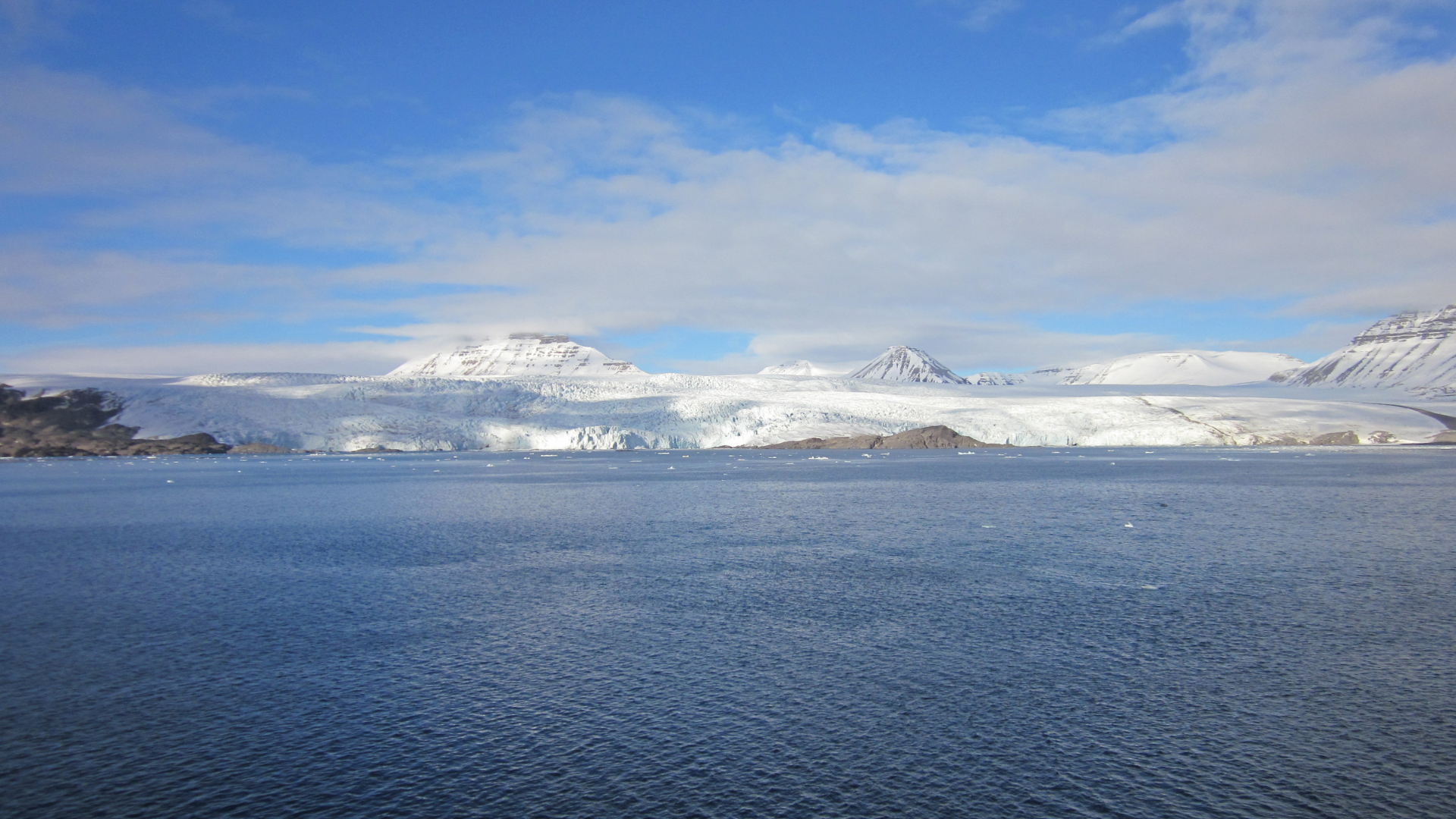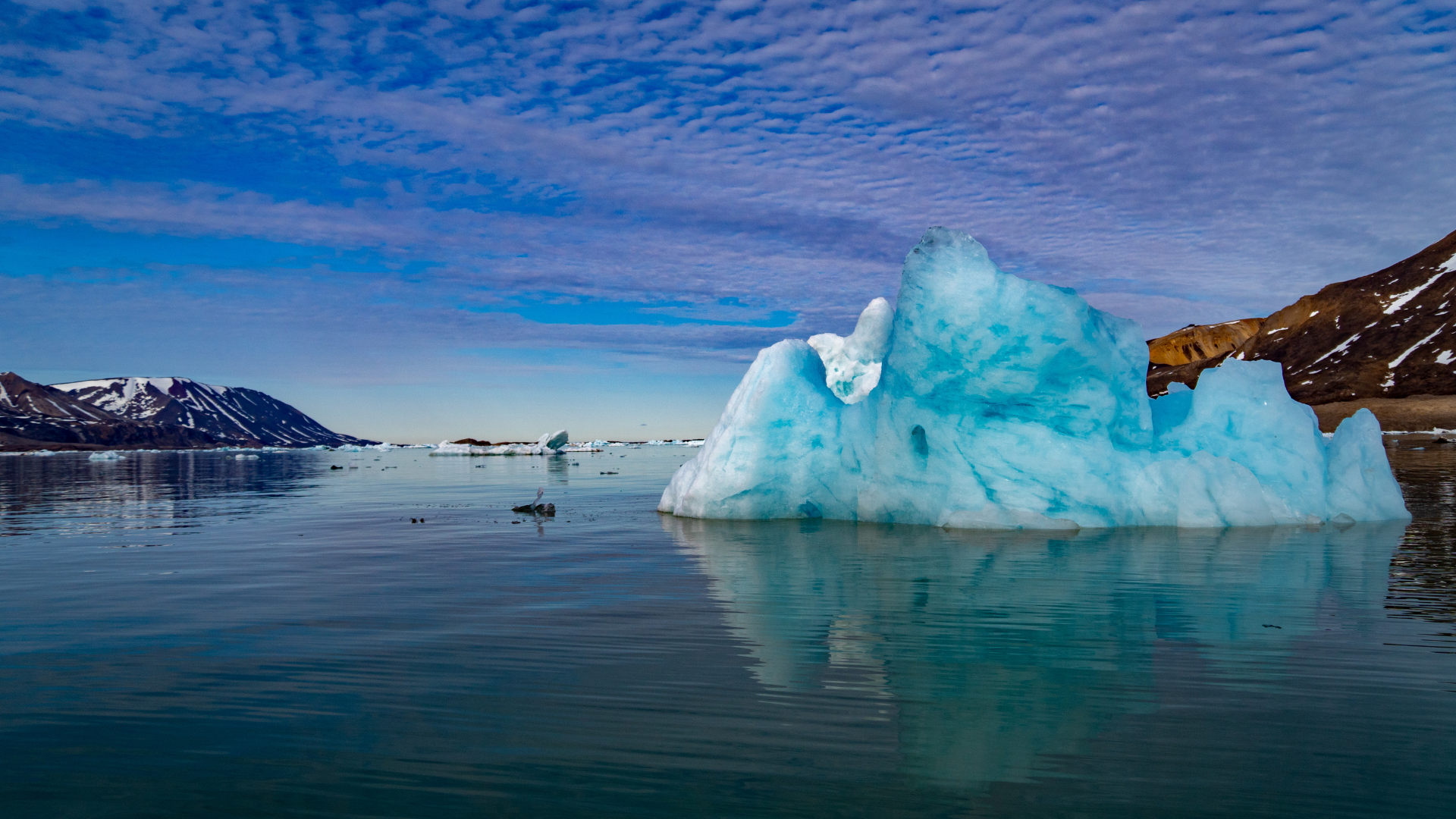Svalbard: Most Spotted Animals in September
Svalbard: Most Spotted Animals in September
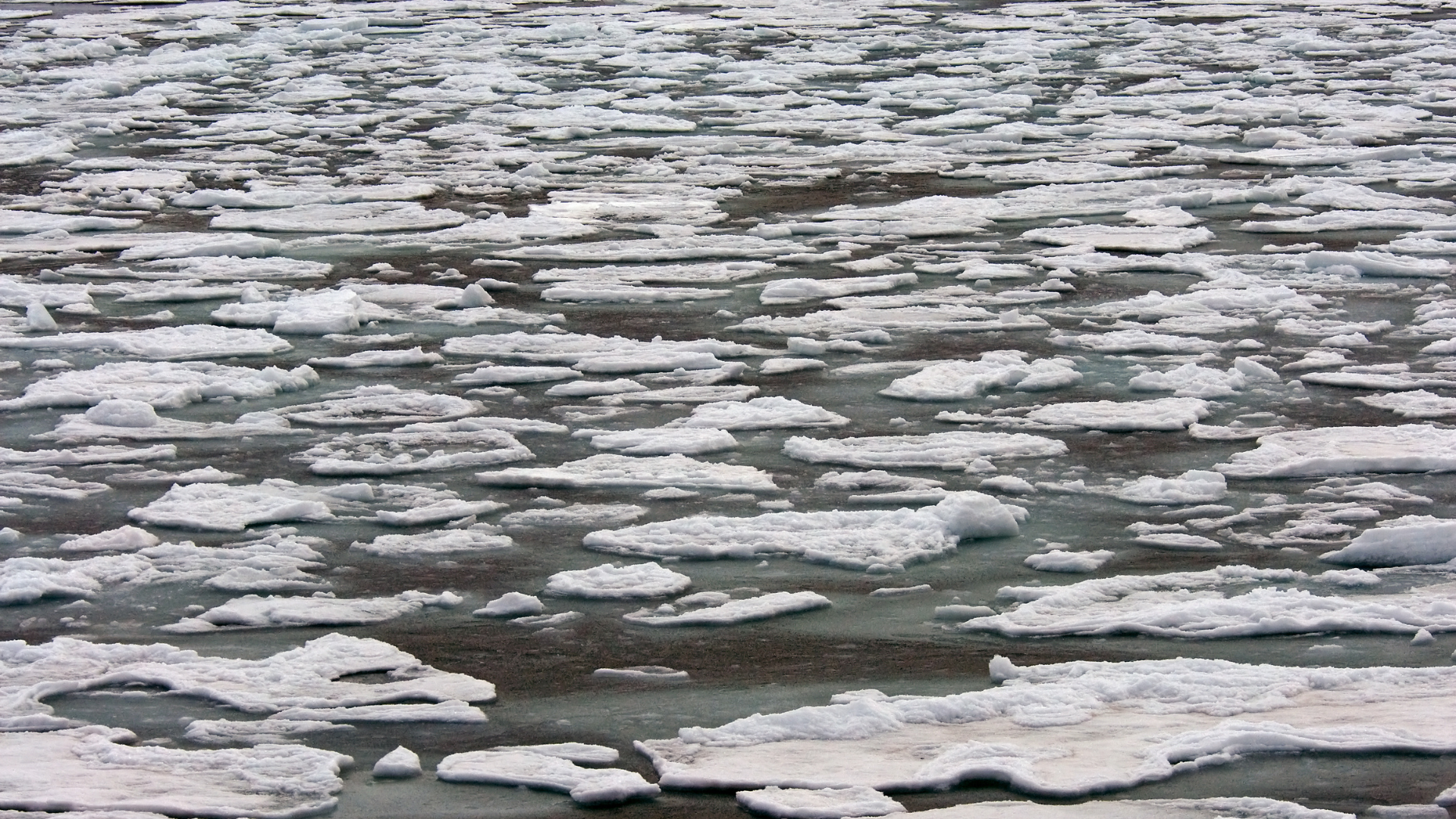
September in Svalbard brings the beginning of the Arctic’s transition into winter, and with it, a shift in the wildlife sightings. As the temperature drops, polar bears remain a highlight, though they become increasingly concentrated in the northern parts of the archipelago where sea ice starts to reappear. This month offers a unique chance to see these solitary predators as they prepare for the coming freeze, often moving along the coasts and across the remaining ice floes in search of seals. For those venturing far north, the chance to witness a polar bear on the ice is a breathtaking experience.
Birdlife in Svalbard starts to dwindle in September as many species begin their migrations south. However, a few hardy birds, such as the Svalbard rock ptarmigan, remain in the archipelago, adapting to the colder conditions. While the massive bird colonies are now largely deserted, a few seabirds like the kittiwakes and Arctic skuas linger around the cliffs, offering a final glimpse of Svalbard’s vibrant summer birdlife. The changing season also makes it easier to spot the reclusive snowy owl, which blends into the snow-dusted landscape.
Walruses remain a major attraction in September, with large groups still hauling out on the beaches. These massive creatures are particularly active as they prepare for the colder months ahead. Boat tours around the islands offer excellent opportunities to see these marine giants, either lounging in the sun or swimming in the fjords. Beluga whales can also be spotted in the icy waters, though their sightings become less frequent as the season progresses.
The Svalbard reindeer is highly visible during September as it grazes on the tundra in preparation for the coming winter. These animals have spent the summer feeding on the sparse vegetation and are now building up fat reserves to survive the long winter months. As vegetation begins to die off, the reindeer’s movements become more deliberate, sticking to areas where they can still find food. Their thick coats and short legs make them particularly suited to the harsh Arctic environment.
The Arctic fox, one of Svalbard’s most adaptable animals, is still very active in September. With their fur now transitioning into a thicker coat to withstand the cold, they are often seen scavenging along the coasts, searching for any remaining food before the ice fully returns. These clever creatures are a joy to observe as they dart around the tundra and along the shorelines, always on the lookout for a meal.
Seals, particularly bearded and ringed seals, are still spotted in September, though their numbers start to dwindle as the sea ice begins to reform. They can often be seen lounging on the ice or swimming near the shorelines, making them easier to spot from a boat or on a coastal hike. Their presence continues to attract polar bears, who rely on the seals as a key food source during this time.
In addition to the larger mammals, smaller creatures like lemmings and Arctic hares are also visible during September. These animals continue to play vital roles in Svalbard’s ecosystem, particularly as food sources for larger predators. The sight of a lemming scurrying across the tundra or an Arctic hare foraging for food adds to the rich diversity of wildlife that can be spotted in Svalbard during the autumn months.
September in Svalbard is a time of preparation and transition. As the Arctic prepares for winter, wildlife sightings remain plentiful, though the changing weather adds a new level of challenge for both the animals and the adventurous souls who seek them out. From the mighty polar bears and walruses to the agile Arctic foxes and reindeer, the animals of Svalbard continue to captivate visitors even as the sun begins to set on the brief Arctic summer.
